Pest Look-Alikes – Part 1
Pest Look-Alikes – Part 1
There are a number of pests that look very similar but are, in fact, very different. In this new blog series, we are breaking down some of the most commonly confused pests and their differences. Today’s blog covers Cockroaches and Water Bugs, Lady Bugs and Harlequin Bugs, and Carpenter Ants and Termites.
Cockroaches and Water Bugs
Roaches are occasionally referred to by the name: “water bugs.” Unfortunately, this colloquial term can be problematic when dealing with pest control as true water bugs are actually a completely different kind of insect. This confusing nickname is rather understandable however, as roaches and true water bugs bear a similar resemblance to one another and are often found in or around water.
One key difference in their appearances are their antennas. The average roach has a pair of long antennae extending from their heads, while water bugs lack antennae, and instead have a pair of large pinchers that are bent inward towards their face. Also, while both insects are similar in shape and color, water bugs are typically larger than roaches. The average roach has a length of about 1-1.5 inches, while water bugs tend to be about 2 inches long.
Due to the natural habitats of true water bugs, the likelihood that they make their way into homes is fairly low to non-existent. As such, they are rarely considered pests. Roaches, on the other hand, are one of the most common pests in the United States and they are notorious for being utterly repulsive and problematic pests. Roaches are also highly prolific breeders that can produce massive infestations in a very short amount of time.
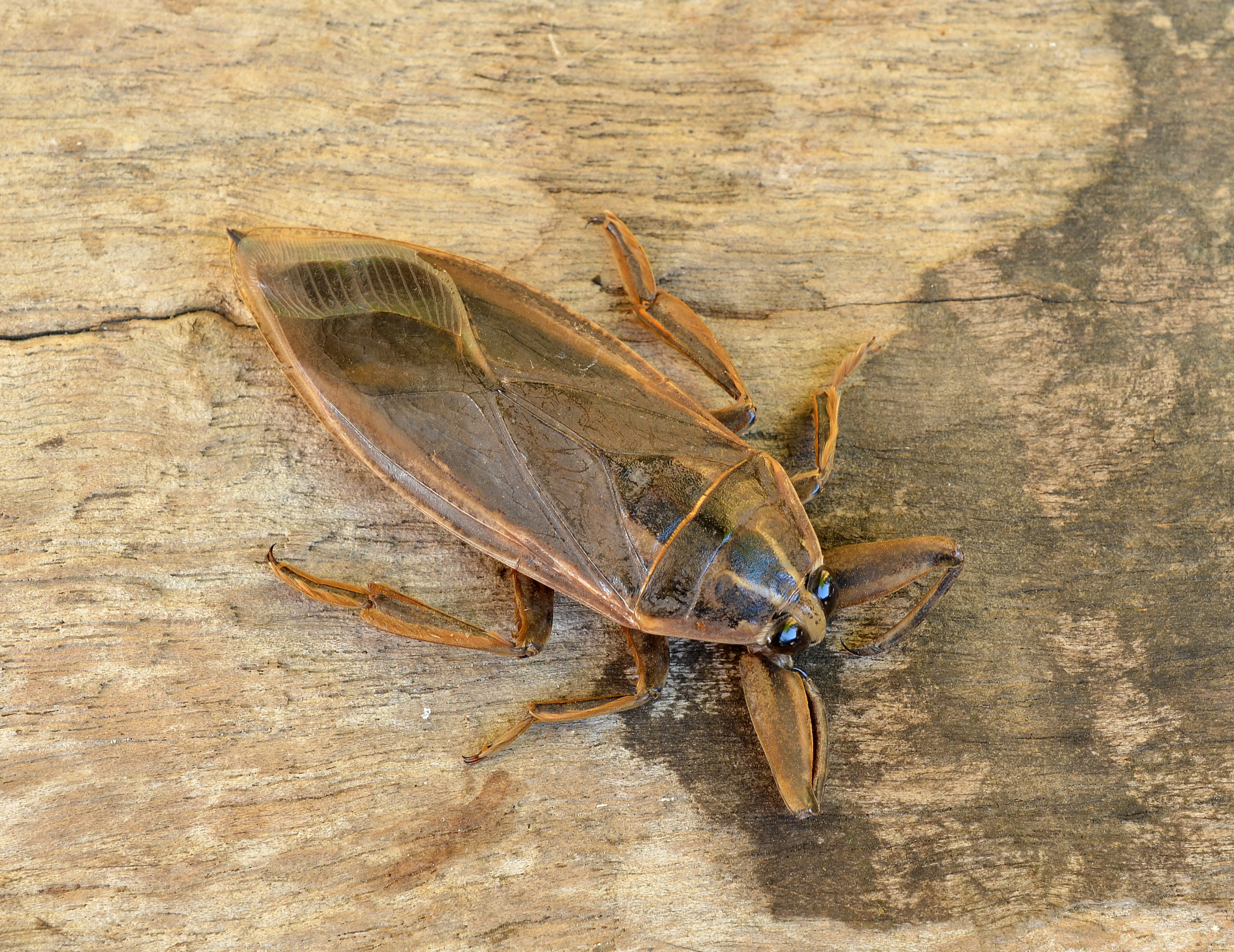

Lady Bugs and Harlequin Bugs
Ladybugs are known by several different names including lady beetle, lady cow, and even ladybird. Lady bugs are typically rather small in size, measuring only about 0.8-10mm from end to end of their oval/round bodies. They have tiny antennae and are most recognizable by their deep reddish-orange color with black spots.
Meanwhile, harlequin bugs are shaped like a shield and red-orange and black patterns dappled across their shells. This unique look is often described as appearing to be a cross between stink bugs and ladybugs. However, they are still often mistaken as simply being for ladybugs, which, in addition to their appearance, could be due to their similar life cycles and daily activities. For example, Harlequin bugs like to lay their eggs on the undersides of leaves and tend to like to inhabit gardens just like ladybugs.
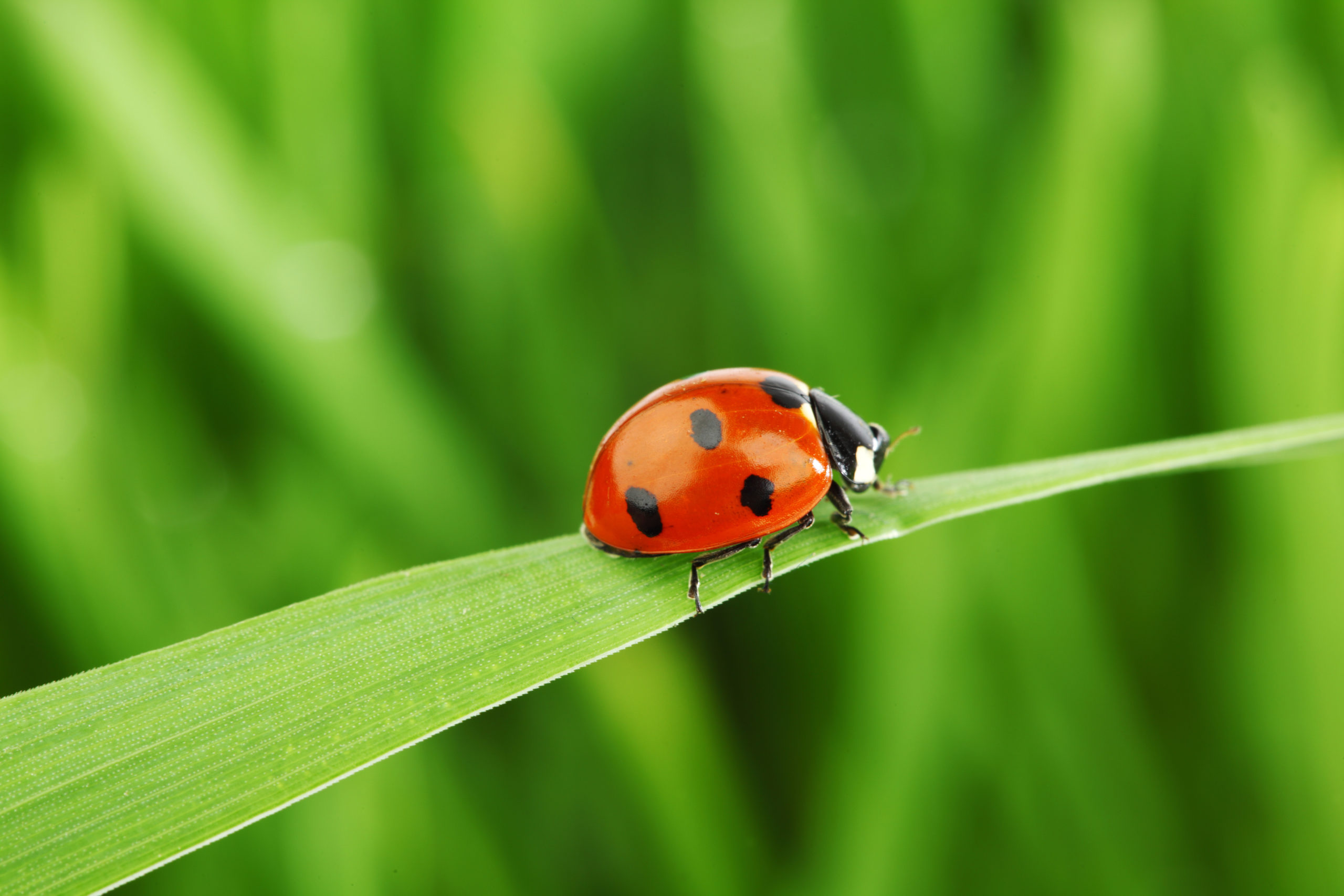
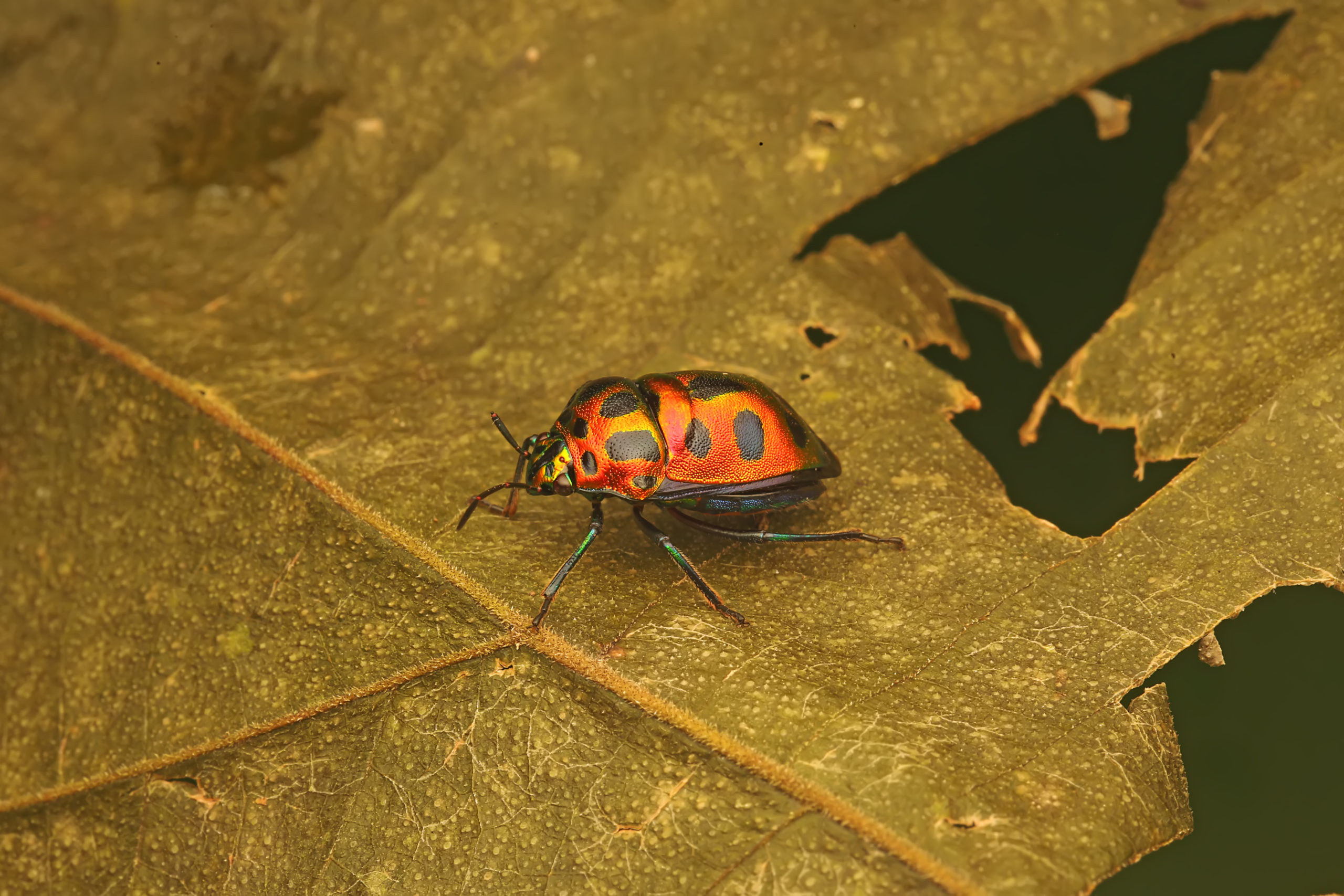
Carpenter Ants and Termites
Carpenter ants and termites have a lot of similarities that can lead to some confusion between the two. Both are small, 6-legged, colony-based insects with a pair of antennae that swarm using two sets of wings when it’s time for them to mate, and they’re both wood-boring insects. Surprisingly, however, these two insects actually have more differences than similarities.
The body shapes of carpenter ants have an unmistakable cinched waist appearance between their thorax and abdomen, while termites’ waists are broad and far less defined. Their antennae are also very different in shape. Termites have moniliform antennae which means it is a series of little round shapes, resembling a straight string of beads. Ants, on the other hand, have geniculate antennae, which contain a special elbow-like joint, changing direction partway through the length of the appendage and producing an inwardly bent shape. Also, while swarming to mate, both termites and carpenter ants have two sets of wings, but these wings are different in shape and size. Termite wings are fairly uniform in width throughout and both sets are also uniform in length. For ants, the bottom set of wings are much smaller (nearly by ½) and both sets have a tapered appearance becoming wider the further the wings are from the body.
Furthermore, there is a large misconception that both of these pests dine on wood because they are wood-boring insects, however, this is completely untrue. While termites do indeed consume wood, carpenter ants simply chew it up and leave it behind as little piles of sawdust. In fact, such piles are often one of the first signs of a carpenter ant infestation. In lieu of wood, carpenter ants seek out sources of protein and sugar such as dead/live insects, meats, pet foods, jellies/jams, sugar, etc.
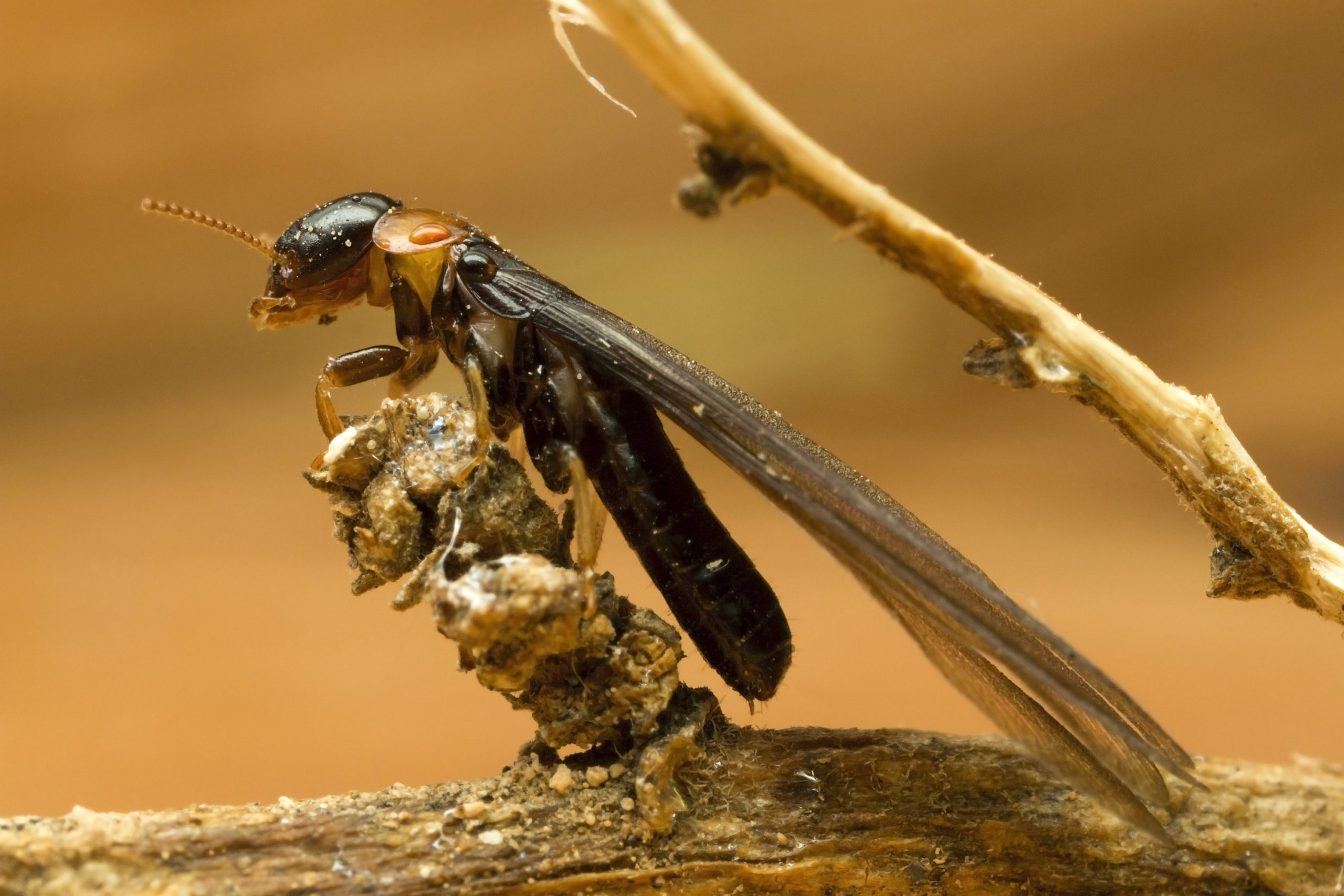
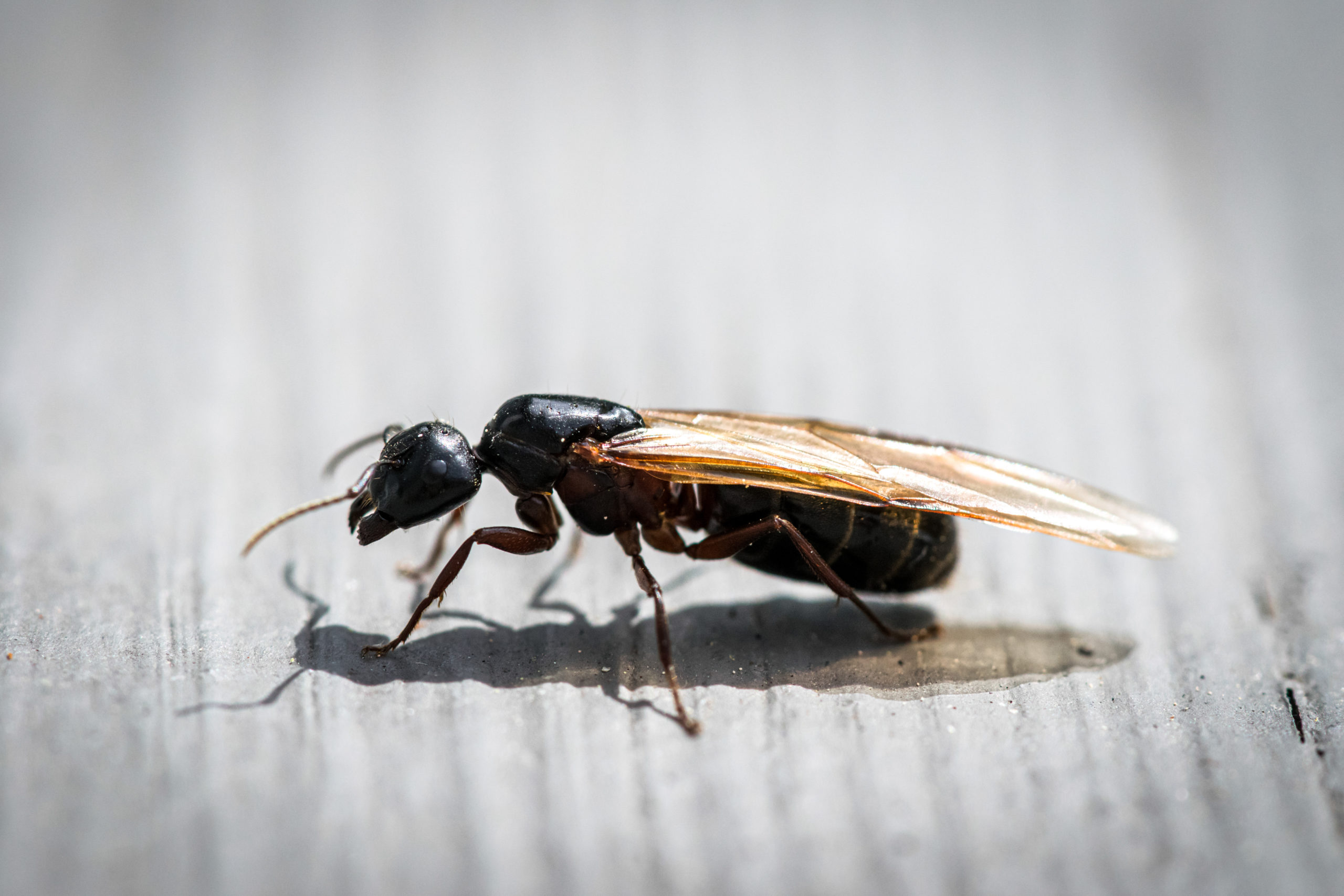
Citations
Choate, P. (no date) giant water bugs, electric light bugs – Lethocerus, Abedus, Abedus (Das), The University of Florida Department of Entomology and Nematology. The Florida Department of Agriculture and Consumer Services. Available at: https://entnemdept.ufl.edu/creatures/misc/bugs/giant_water_bugs.htm (Accessed: June 11, 2021).
Few, J. (2020) Harlequin Bug, Extension Entomology. Texas A&M University. Available at: https://extensionentomology.tamu.edu/insects/harlequin-bug/ (Accessed: June 11, 2021).
Giant Water Bug (2017) Minnesota Pollution Control Agency. Available at: https://www.pca.state.mn.us/giant-water-bug (Accessed: June 11, 2021).
Knox, M. (2015) Harlequin Bug – Murgantia histrionica (Hahn), The University of Florida Department of Entomology and Nematology. The Florida Department of Agriculture and Consumer Services. Available at: https://entnemdept.ufl.edu/Creatures/VEG/LEAF/harlequin_bug.htm (Accessed: June 11, 2021).
8 Creative Ways to Have a Pest-Free Fourth of July
8 Creative Ways to Have a Pest-Free Fourth of July 8 Creative Ways to Have a Pest-Free Fourth of July Summary: The Fourth [...]
A Simple Guide to Preventing Stinging Pests
A Simple Guide to Preventing Stinging Pests A Simple Guide to Preventing Stinging Pests Summary: Stinging insects are more active in warm weather, [...]
These 10 Natural Mosquito Repellents Can Actually Help
These 10 Natural Mosquito Repellents Can Actually Help These 10 Natural Mosquito Repellents Can Actually Help Summary: Natural mosquito repellents are easier to [...]
How to Get Rid of Carpet Beetles
How to Get Rid of Carpet Beetles How to Get Rid of Carpet Beetles Summary: Carpet beetles are sneaky pests that don’t usually [...]
How Do Roaches Affect Asthma and Allergies?
How Do Roaches Affect Asthma and Allergies? How Do Roaches Affect Asthma and Allergies? Summary: It’s no secret that pests impact human health, [...]
These 5 Carnivorous Pests Might Surprise You!
These 5 Carnivorous Pests Might Surprise You! These 5 Carnivorous Pests Might Surprise You! Summary: There are many eco-friendly ways to prevent pests, [...]

